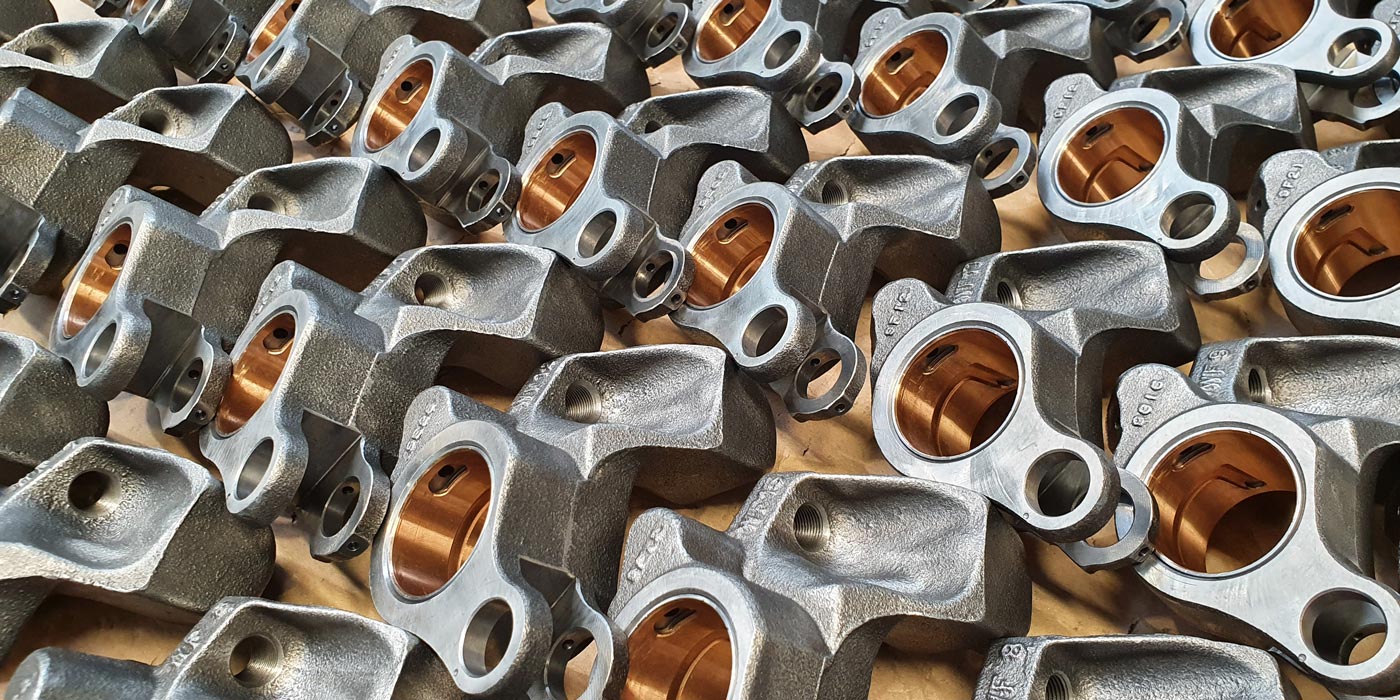Three preventative maintenance tips to keep your trucks rolling
Any mechanic who works in fleet maintenance will tell you that preventative maintenance will save you time and money. Managers who run a well-maintained fleet have trucks that break down less and save fuel. However, many fleet managers still come up short when it comes to fleet maintenance. As a mobile mechanic, I have worked
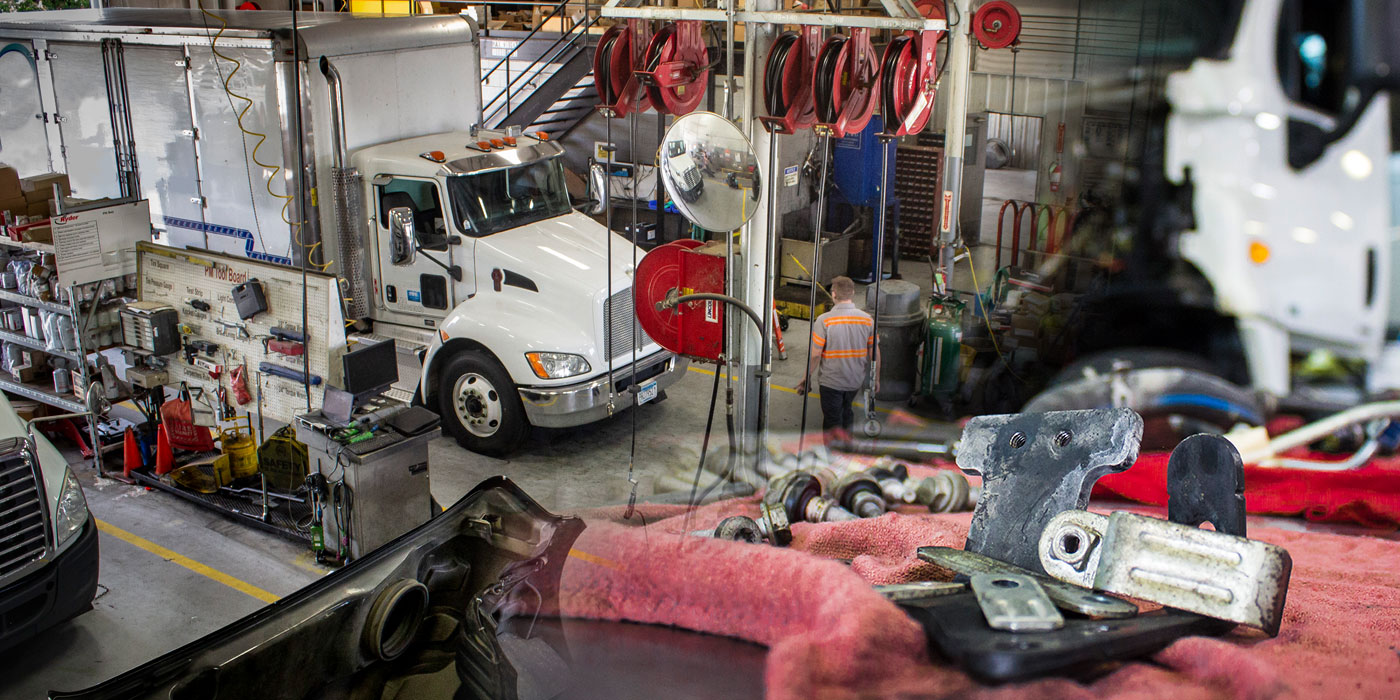
The importance of spec’ing durable, long-lasting wheel ends and bearings
Wheel ends are an important component of your trucks, but preferably one you’d rather not think about too much. In an ideal world, the wheel end will be a steady component that keeps doing its job, keeping your trucks rolling and your loads moving. For that to be the case, it’s important for wheel ends
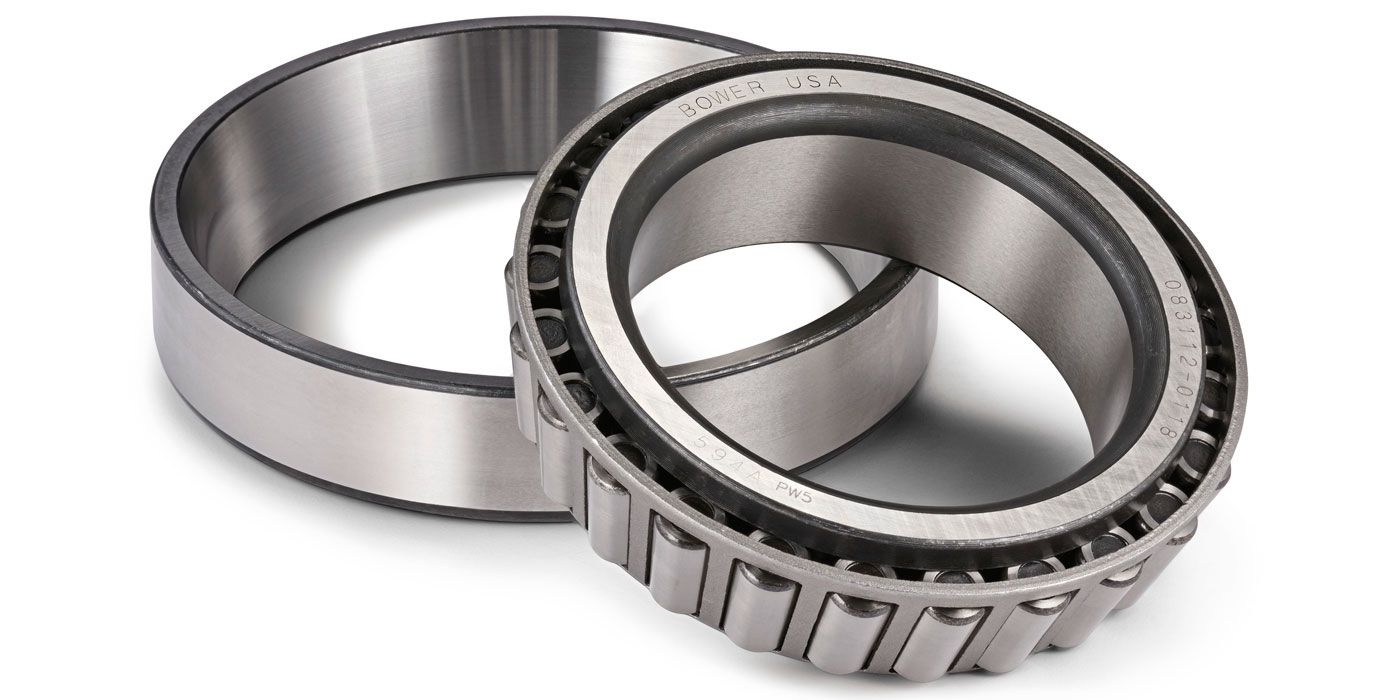
Springtime truck maintenance tips to recover from winter’s toll
Every autumn, we talk a lot – justifiably – about preparing trucks for winter’s harsh conditions. But as spring arrives across North America, it’s just as important to take preventive maintenance steps and address the tolls that a season of wild temperature swings and corrosive road chemicals can take on your vehicles. This installment of

Tips for truck hydraulic brake maintenance
The winter months bring some challenging conditions for commercial trucks. Snow, rain and mud seem to get into everything, particularly the brakes. All that wet muck tends to find its way into the wheel-end brake assemblies, adding a nice layer of grinding material and creating less-than-ideal operating conditions. Grooves are worn in drums or rotors

Steering advanced truck safety system development
The more trucks drive toward higher levels of automated operation, the more their systems depend on rock-solid software. Advanced algorithms, complex calculus pull in massive amounts of sensor data—from what’s going on outside of the truck using cameras and radars to what’s going on inside the truck with road speed and braking sensors—to make split-second

Watch: It’s all about the brakes – the future of trucking safety
Your truck’s brakes are arguably the most important safety system on the truck, and they’ve come a long way in the past 100 years. From how Clessie Cummins came up with the idea of the engine brake to advanced safety systems that employ radar- and camera-based technologies that allow for adaptive cruise control and even
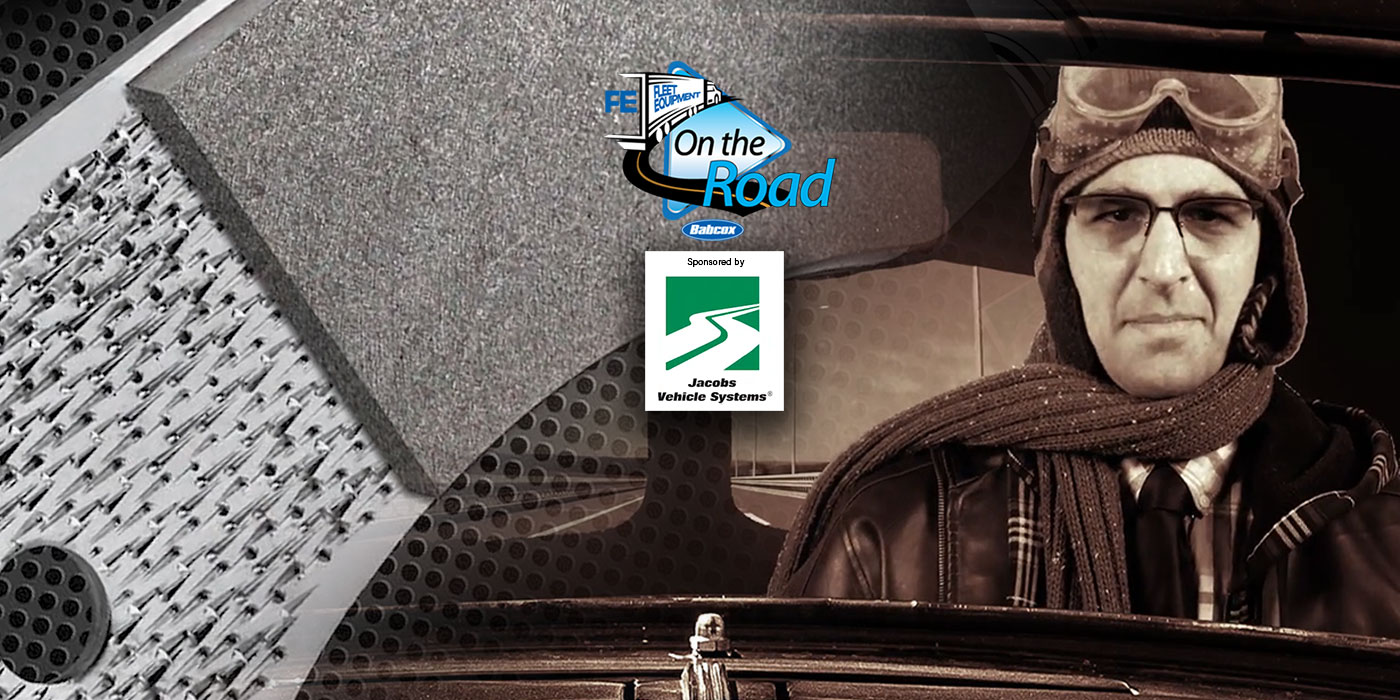
Watch: Stave off winter’s effect on your truck’s wheel ends
Truck drivers have a lot to watch out for when they’re out on the roads in winter so the right wheel-end practices in the shop can help deliver peace of mind when it comes to their brakes. Click here to watch more of FE’s On the Road video series.

Tech Tip: Ten tips for daily brake lathe maintenance
Like any equipment, your brake lathes need regular care and maintenance to operate at peak efficiency. Keep your brake lathe running smoothly by following these 10 daily tips. Important: Before making any inspection, adjustment or repair, disconnect the power source and lock out all moving parts to prevent injury. Always wear protective clothing and eye
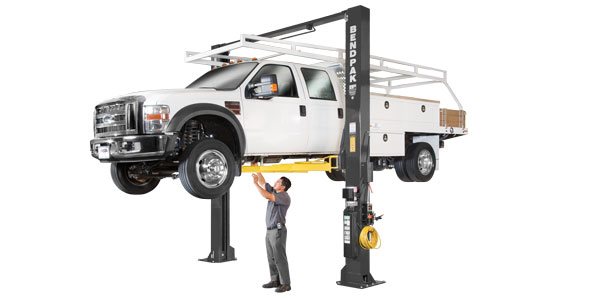
Two Guys Garage tackles brake pad corrosion challenges
Downtime in the shop due to brake pads that don’t meet tough fleet demands means money lost. Spec’ing the wrong brake pad can mean corrosion can end the pad’s operational life sooner than expected. In this video from Two Guys Garage, we look at how to eliminate issues like rust, delamination and separation with NRS
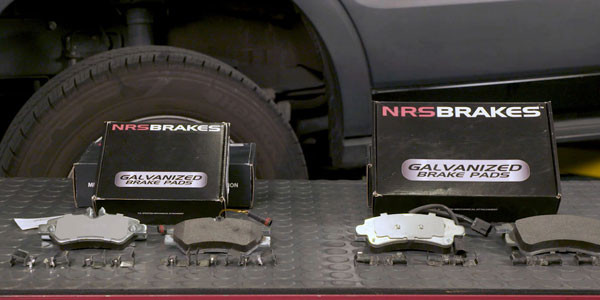
Milton Industries releases Brake Releaser Fleet Kit for frozen air brakes
Milton Industries says its new Brake Releaser Fleet Kit releases frozen trailer air brakes or pre-treats trailer air brakes to reduce the risks of frozen systems. The kit allows a technician to propel anti-freeze and conditioner into trailer brake lines regardless of whether it is hooked to a trailer or compressed air. The new Brake
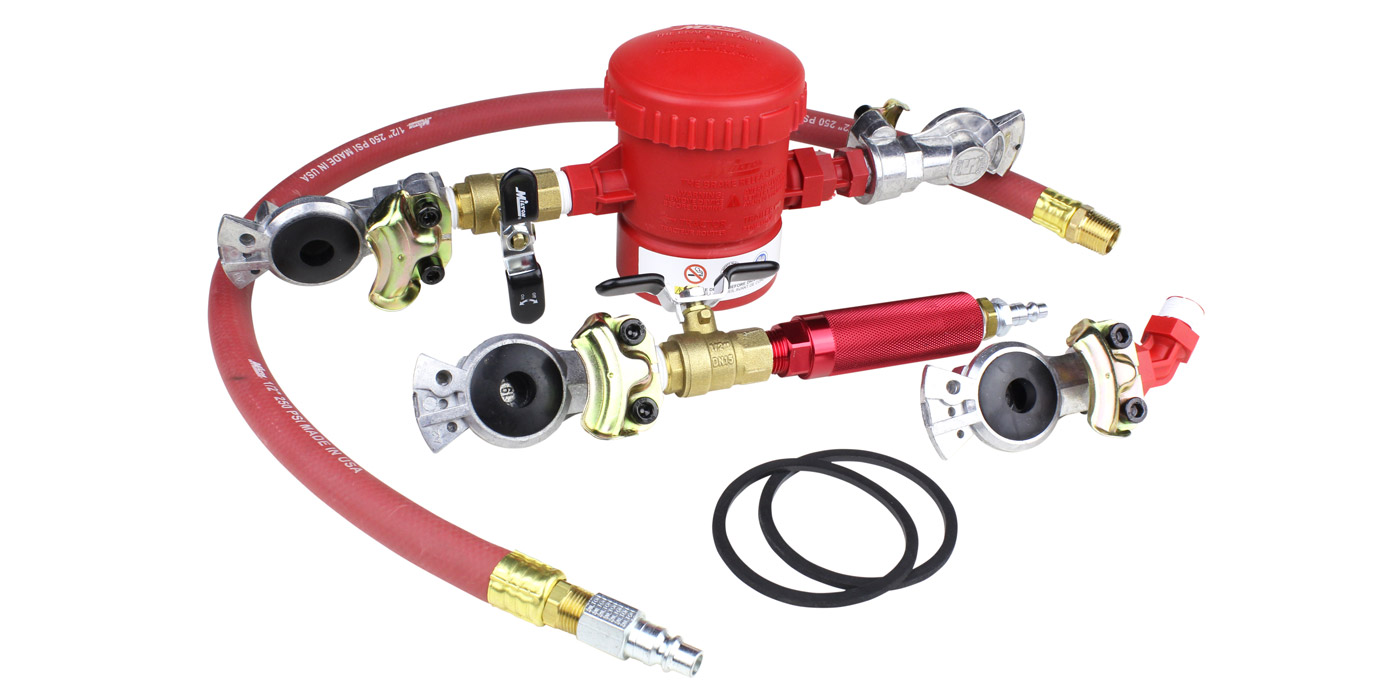
Bendix commits to halving greenhouse gas emissions by 2030, carbon neutrality by 2021
Bendix Commercial Vehicle Systems LLC says it has committed to cut its CO2 emissions in half by 2030, and to achieve carbon neutrality by 2021. In the area of responsible consumption and production, Bendix says it has implemented zero-waste-to-landfill projects and cultural changes across all Bendix manufacturing locations, to self-certify six manufacturing locations in 2020

Jacobs Vehicle Systems produces 50,000th engine brake at new Brno plant
Jacobs Vehicle Systems recently shipped the 50,000th engine brake manufactured at its European facility, near Brno in the Czech Republic, to Daimler. Jacobs currently supplies all European Daimler orders from Brno. With headquarters in Bloomfield, Connecticut, and a manufacturing facility in Suzhou in Eastern China, Brno has become Jacobs’ third production location as the company
